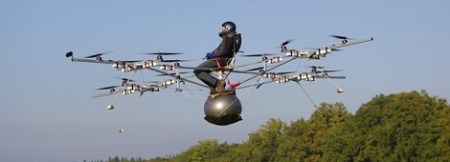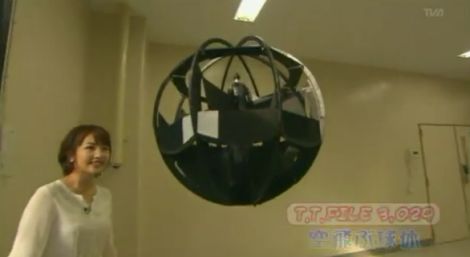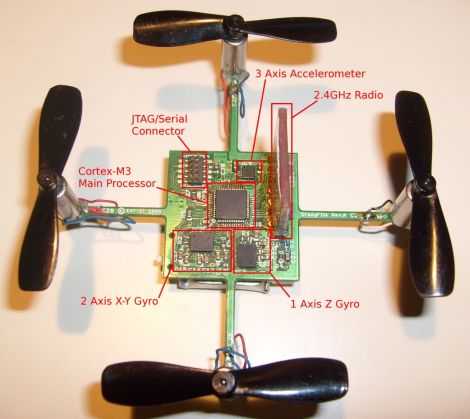[DJ Sures] has been pulling all-nighters lately to get his AR Drone Parrot build off the ground. Now that it’s up and flying around, he managed to get it to follow objects around the room using on board cameras.
For the build, [DJ Sures] used the AR Drone ‘flying video game’ quadrocopter. This toy has two on board cameras that can viewed over wifi. All that’s needed is some interesting software to make things fun. The camera tracking of EZ-Builder software was brought into the mix so the AR Drone can be controlled via object or speech recognition, wiimotes, tablets, or terminals.
[DJ Sures] has come up with some slightly terrifying awesome builds like a Bluetooth Teddy Ruxpin, realistic Wall-E, and an awesome Omnibot 2000 refurb. This is his first flying hack, and the first to fully exploit the camera tracking of the EZ-Builder software. Check out [Sures]’ copter following him around a room after the break.


















